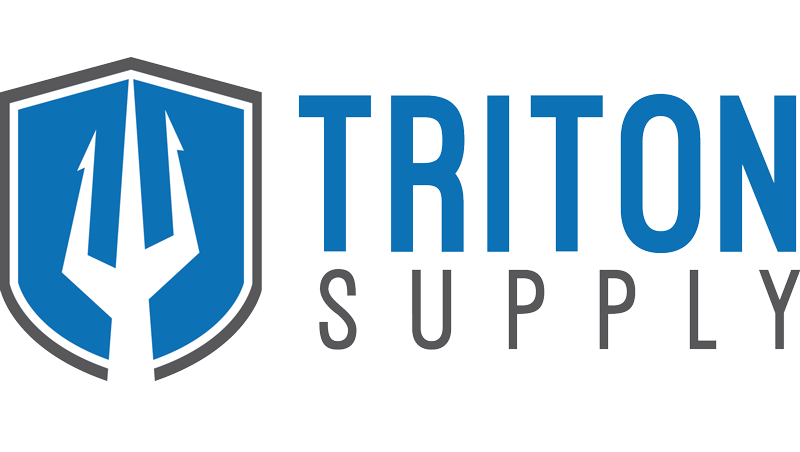Debunking Common Myths About Incontinence
Living with incontinence can feel overwhelming, especially when it’s surrounded by misconceptions and stigma. Despite being a common health condition, myths about incontinence can discourage individuals from seeking help or fully understanding their options. But the truth is, with the right information, support, and treatment, managing incontinence is possible.
Let’s unpack the most prevalent myths about incontinence and separate fact from fiction. By doing so, we can encourage open conversations, reduce the shame surrounding the condition, and empower individuals to take control of their health with confidence.
Myth #1: Incontinence is a normal part of aging
It’s a common belief that incontinence is an inevitable part of growing older. However, this isn’t true. While age can increase the risk of incontinence due to factors like weakened pelvic floor muscles or other medical conditions, incontinence is not a natural or unavoidable consequence of getting older.
With proper treatment, even later in life, symptoms can improve significantly. Whether it’s through targeted exercises, lifestyle changes, or medical interventions, there are countless options available to help manage incontinence effectively at any stage of life.
Myth #2: Only women experience incontinence
Although women are more likely to experience incontinence due to factors like pregnancy, childbirth, and menopause, the condition doesn’t discriminate. Men also face incontinence, often connected to prostate surgery, nerve damage, or other health issues.
Additionally, incontinence isn’t limited by age or gender. It can affect anyone, including children and teenagers. By breaking this stereotype, we can create a more inclusive conversation, ensuring everyone feels encouraged to seek the care they need without judgment.
Myth #3: Drinking less fluid can stop incontinence
It might seem logical to assume that drinking less water will reduce incontinence, but the opposite is often true. Restricting your fluid intake can lead to dehydration, which can result in concentrated urine that may irritate your bladder and worsen symptoms.
Instead of cutting back on fluids, opt for a balanced hydration approach. Staying properly hydrated helps maintain bladder health and function. To avoid potential irritants, consider limiting caffeine, alcohol, and carbonated beverages. Work with a healthcare provider to develop a hydration plan tailored to your needs.
Myth #4: Kegel exercises cure all types of incontinence
Kegel exercises, which strengthen the pelvic floor muscles, are often a go-to solution for incontinence. They can be effective for certain types of incontinence, such as stress incontinence.
However, they aren’t a one-size-fits-all solution. Some types of incontinence, like those caused by nerve damage or overactive bladder muscles, require a more tailored approach. Treatments may include a combination of lifestyle adjustments, personalized physical therapy, medical devices, or medication. A healthcare provider can help you determine the best plan for your unique situation.
Myth #5: There's nothing that can treat incontinence
It’s easy to feel discouraged if incontinence affects your quality of life, but assuming there’s no solution couldn’t be further from the truth. Thanks to advancements in healthcare, there are many effective treatments available today.
From behavioral therapies like bladder training to medications, a tailored approach can make a difference. Talk to a healthcare provider who can evaluate your symptoms, recommend a treatment plan, and restore your confidence to live life fully.
Take Control of Your Health
Understanding and addressing incontinence starts with dispelling common myths and creating space for open, compassionate conversations. By seeking accurate information, exploring available treatment options, and fostering a stigma-free environment, individuals affected by incontinence can step into a more confident and empowered future.
If incontinence is affecting you or someone you love, you’re not alone. Speak with a trusted healthcare provider for advice tailored to your specific needs. With the right support and care, you can take control of your health and live a full, active life.
Are you ready to take the first step? Connect with your healthcare provider today and discover the path to effective management and peace of mind. Together, we can break the silence and build a more understanding and supportive community.

